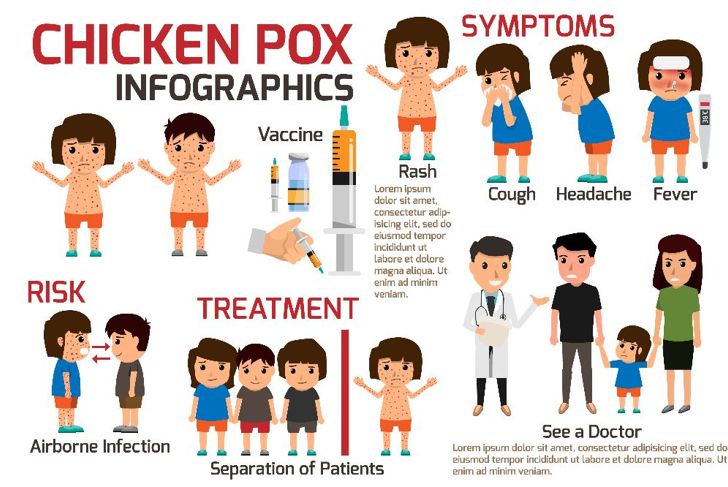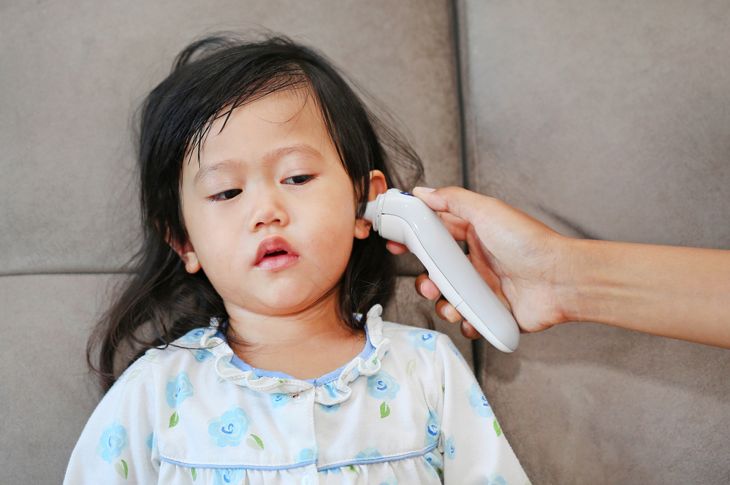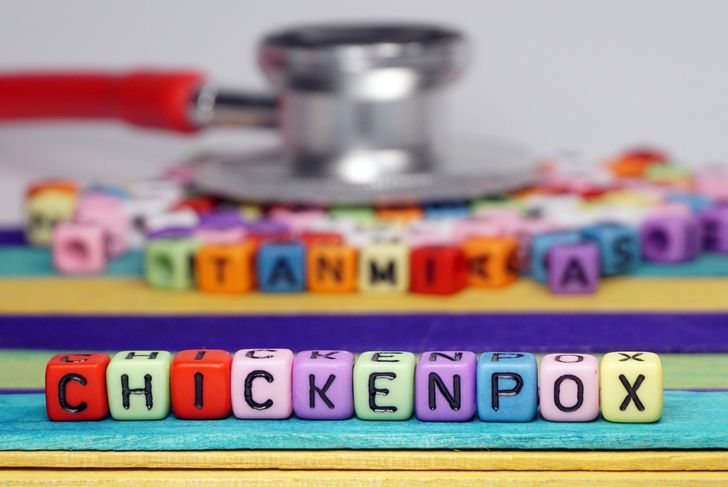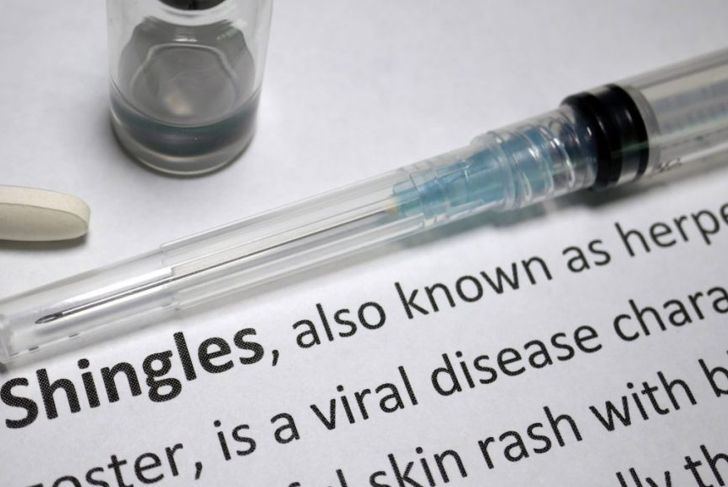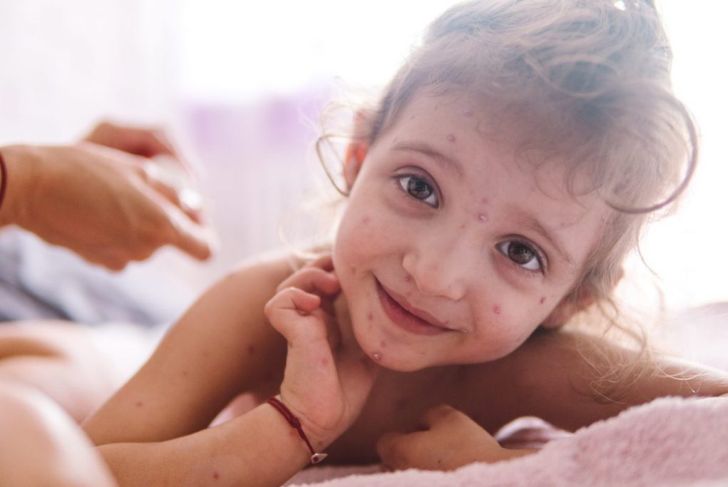Many things that can cause a rash, but viral infections are the most common culprits. The measles or the common cold can lead to pimples, bumps, cysts, or redness on the skin. Viral rashes are the result of infection rather than an allergic reaction, and unlike an allergic reaction, do not typically cause itching or pain. Although they may linger for as long as two weeks, viral rashes usually go away after only a few days.
Symptoms of a Viral Rash
Viral rashes may not be life-threatening, but it is a good idea to monitor them carefully since they can sometimes signify more serious infection, especially if they do not clear up quickly. A viral rash may present alongside other symptoms such as fever, headaches, muscles aches, stomach aches, a loss of appetite, and decreased energy levels. Should anyone with a rash have any of the above-mentioned symptoms as well, they should seek immediate medical attention.
Concerns About a Viral Rash
Any time a rash begins to cover extensive portions of the body, a visit to a clinic or hospital is a good idea, especially if a fever is also present. Affected individuals should take care not to scratch the infected areas, as this can further the infection. Increased infection is indicated by the release of green or yellow fluids, and may also be identified through swelling, crusting, pain, or a red streak extending out from the rash. If trouble breathing, confusion, fatigue or difficulty waking, stiff neck, rapid heartbeat, seizures, fainting spells, and loss of consciousness.
Viral Rash Diagnosis
Many rashes are non-specific, meaning the doctor cannot identify the guilty virus. Certain viral rashes are easier to identify, such as those caused by chickenpox or measles. Rashes caused by a virus will vary in shape and size, often appearing as blotchy red spots that pop up on almost any part of the body. Sometimes they appear quickly and spread rapidly.
Treatments for Viral Rash
While the rash itself may not cause discomfort, associated symptoms may be uncomfortable and, in some instances, dangerous. A viral rash accompanied by a fever requires an increase of fluids because fever causes the body to lose water. Itchiness and other skin discomforts may be alleviated by taking oatmeal baths (though avoid scrubbing the skin). Affected individuals should expose the rash to air and avoid scratching.
Kids and Viral Rashes
Children of all ages require continuous rehydration while a viral rash is present. For infants under one year, parents should supplement regular feedings with an oral rehydration solution. Children older than one year should drink lots of fluids, including water, juice, ginger ale, lemonade, or even popsicles.
Tips for Kids with a Viral Rash
Parents should keep kids with rashes and fever home from school and encourage a lot of rest and quiet play. The return to school should be delayed until the fever breaks. Often, children with viral rashes experience bouts of sleeplessness and exhibit signs of irritability.
Checking the Infant’s Temperature
A viral rash on an infant younger than three months who also has a fever should be closely monitored. Always use a digital rather than a mercury thermometer to get an accurate reading of the child’s temperature. Be aware that temperatures taken with an ear thermometer are not always a.ccurate A temperature of 100.4°F or higher, or an armpit thermometer of 101°F or higher, means the child should see a doctor For kids older than three months and up to three years, a rectal or ear temperature of greater than 102°F or an armpit temperature of 101°F or higher indicates the possibility of a more serious illness.
Viral Rash: Chickenpox
One of the most common and mild forms of viral rash is chickenpox, most often found in children but not uncommon in adults. Though not serious, it is highly contagious. The infection causes an itchy rash of fluid-filled blisters. Chickenpox used to strike almost everyone, but scientists introduced a standard chickenpox vaccination in the mid-90s. The preventative treatment has drastically reduced the number of people hospitalized for the ailment.
Viral Rash: Shingles
Shingles is a painful viral infection that most often begins as a single stripe of blisters that wraps around the torso. Anyone who has had chickenpox carries the inactive shingles virus in the nerves near the spinal cord and brain. Years later, it can be activated and cause shingles. There is a vaccine that helps reduce the risk of developing the ailment.
Viral Rash: Measles
Measles is a childhood infection caused by a highly contagious virus. As a result of the widespread use of vaccination, measles was almost wiped out in the United States. Recently, however, reported cases have risen from about 60 per year to more than 200. Measles can be very serious and sometimes fatal for younger children. Despite the vaccine, the disease kills more than 100,000 people a year around the world.

 Home
Home Health
Health Diet & Nutrition
Diet & Nutrition Living Well
Living Well More
More

